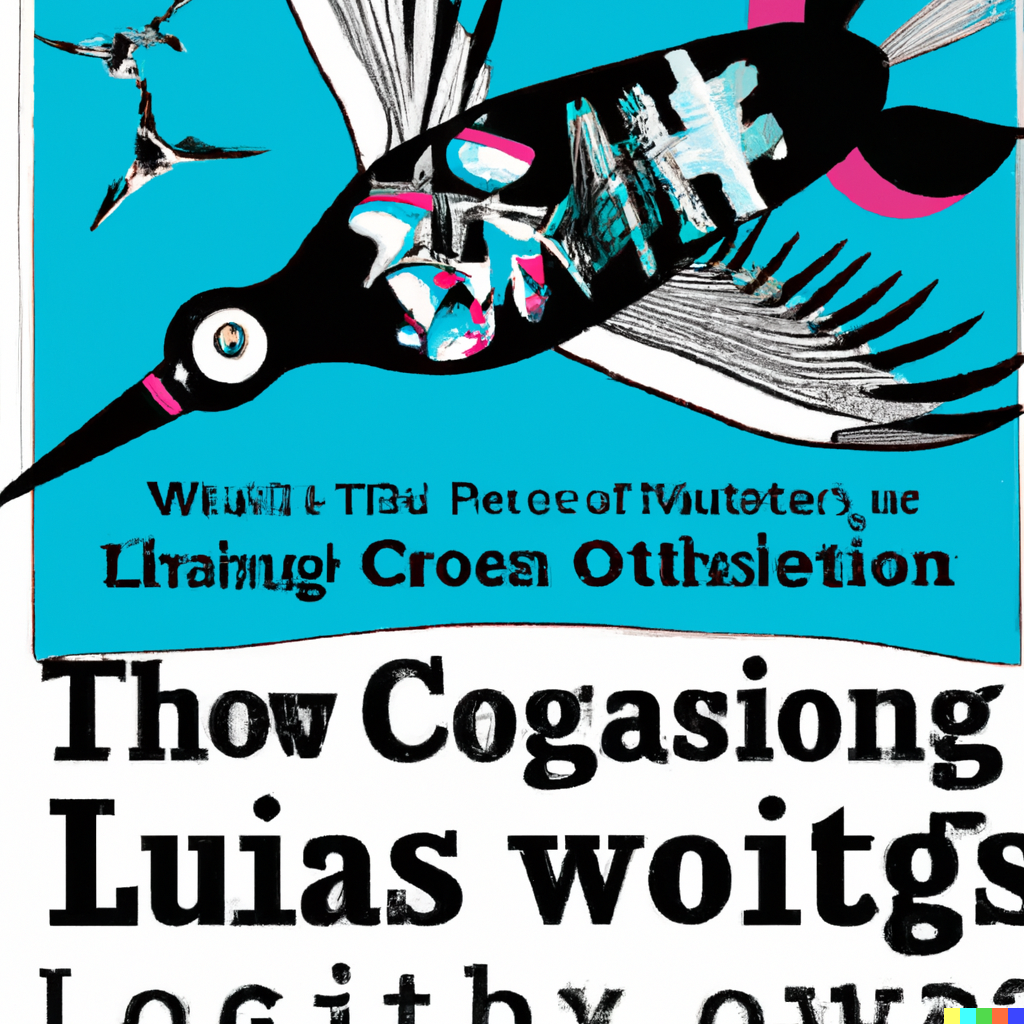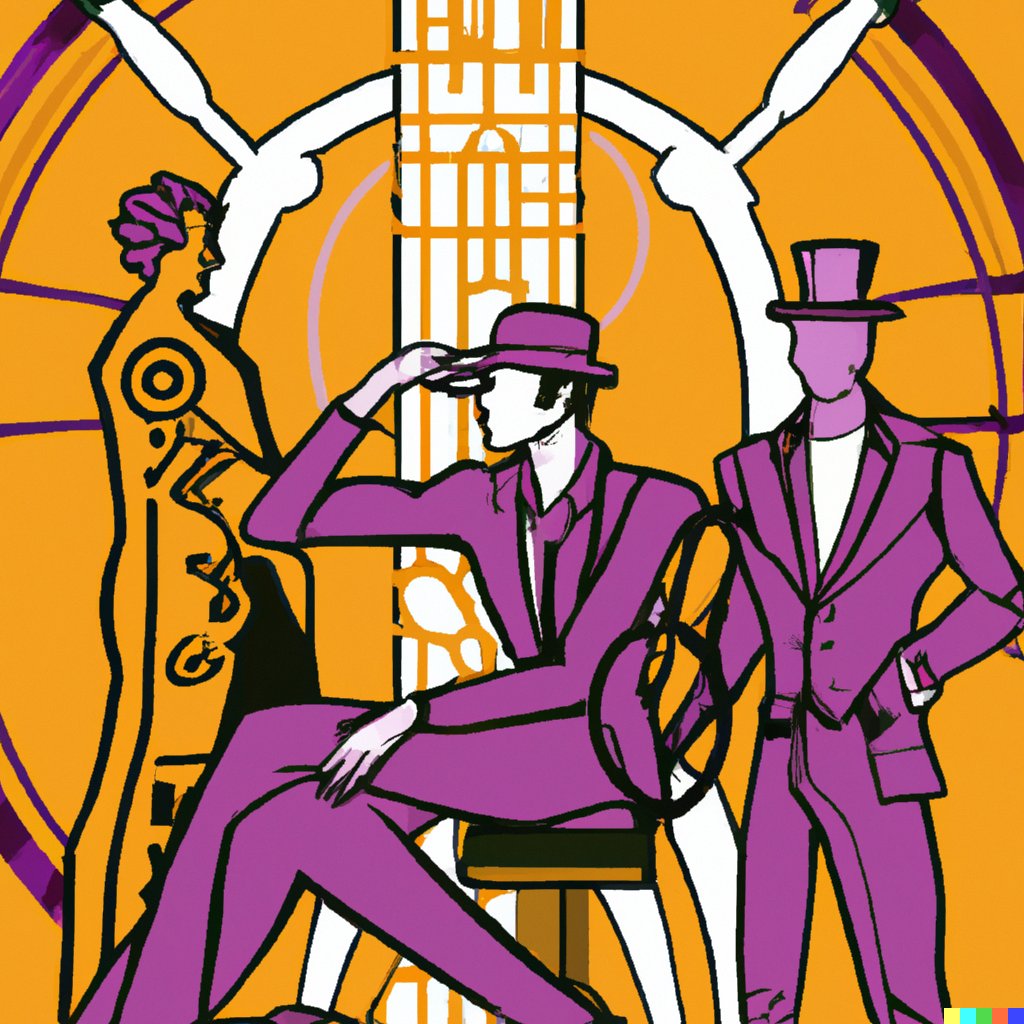
Loonshots by Safi Bahcall - Book Notes
Loonshots: How to Nurture the Crazy Ideas That Win Wars, Cure Diseases, and Transform Industries
by Safi Bahcall
Goodreads
In Loonshots, Safi Bahcall makes a compelling case that:
The most important breakthroughs come from loonshots, widely dismissed ideas whose champions are often written off as crazy.
Large groups of people are needed to translate those breakthroughs into technologies that win wars, products that save lives, or strategies that change industries.
There are practical rules any organization can follow to nurture loonshots faster and better.
The book is entertaining read, charting stories of loonshots and radical change from the scientific revolution, military R&D from World War I through World War II and modern-day DARPA, and companies in biotech (Bahcall’s bread and butter) and other industries.
Out of these stories, Bahcall extracts rules and guidelines that organizations can follow to nurture crazy, world-changing ideas. He calls them the “Bush-Vail rules”, after Vannevar Bush and Theodore Newton Vail. Bush created and led the new US Office of Scientific Research and Development (OSRD), through which almost all US military R&D was channeled during World War II, and also pushed for the creation of the National Science Foundation and for a lot more government funding of R&D in general. Vail lead AT&T labs during 1885-1889 and 1907-1919 and greatly grew the utility of the service through pioneering research and development.
Let’s take a look at those rules.
1. Separate the phases

Organizations need both “franchise” projects and loonshot projects. The movie industry is useful to illustrate this: you know exactly what you’re going to get with the next installment of the Fast and Furious franchise. And there’s good reason for it - those movies make a lot of money.
But you also need your loonshots, lest the business grow stale: there will be a time when even the Fast and Furious movies start getting predictable and boring, and something else will take over them. So you need to also try wild new ideas. Some of those will flop… but others will start new franchises that more than make up for the flops.
Each type of project thrives in an entirely different culture. Loonshots require creative freedom, experimentation, loose controls and so on - they need artists, in Bahcall’s words.
Franchises, on the other hand, need soldiers - people who can superbly execute based on a known playbook. They require tight supervision and control.
Those two systems don’t live well under the same roof - so separate them! Allow each group to develop process best suited to their particular work; those processes will be quite different.
People responsible for developing high-risk, early-stage ideas (call them “artists”) need to be sheltered from the “soldiers” responsible for the already- successful, steady- growth part of an organization. Early-stage projects are fragile. “Although military officers became avid for a new development once it had thoroughly proved itself in the field,” Bush wrote, they dismissed any weapon “in embryo”— as they did with radar, with the DUKW truck, and with nearly every early innovation, which almost always arrives covered in warts. Without a strong cocoon to protect those early-stage ideas, they will be shut down or buried, like Young and Taylor’s early discovery of radar.
This reminded me of how Jony Ive would hide his early mockups from Steve Jobs.
Bahcall also points out that you need both Product-type loonshots (literally radical new products) and Service-type loonshots, such as a new rapid build-to-order direct-to-consumer way to sell consumers (think the sales approach of Dell vs IBM).
Loonshots will typically go through false failures - what appears to be a failure in the loonshot, but ultimately turns out to be a failure in something else, perhaps how an experiment is designed, or how the first version is implemented.
Loonshots always first arrive with warts. To succeed through these challenges, loonshots need strong champions, and the whole loonshot process needs strong support from the very top. Bush had this strong support from FDR, who backed him up time after time when generals would complain.
This matches one of the conclusions of Clayton Christensen’s The Innovator’s Dilemma, who argues that to succeed in innovation disruptive to their main business, organizations almost always need to create a separate entity with its own budget, people, resources, and incentives to build out the new product or business. Bahcall takes great pains to draw differences between disruptive innovation and loonshots, but this particular rule holds between them.
2. Create dynamic equilibrium

Everyone has their favorites… yet if you favor either your artists or soldiers (as defined above) over the other, the other group will suffer, and the whole organization’s performance will be suboptimal as a result.
Bahcall uses the example of Steve Jobs, who got it very wrong during his first stint at Apple. He flew the pirate flag over the building where the Macintosh was being worked on and derided the Apple II team as drones. This destroyed morale on the Apple II team and lead to many people leaving. Obviously this is not good for the company as a whole.
After that the key is to appoint and train great project champions to bridge the divide and bring winning loonshots from the nursery and turn them into real products and ultimately new “franchises”.
And just above this needs to be the right person, like Bush or Vail or Jobs (during his second stint at Apple, at least), who focuses on the system and transfer of ideas, rather than individual ideas themselves. Bush, for example, said that he “made no technical contribution whatever to the war effort.”
3. Spread a system mindset

Many loonshots will fail, by design (if something is not likely to fail, it’s not a loonshot). To keep a clear vision through this scenario, it’s important to have a “system mindset”, as opposed to an “outcome mindset”, which Bahcall adapted from chess grandmaster Gary Kasparov. Bahcall describes it thus:
We can think of analyzing why a move is bad— why pawn- takes- bishop, for example, lost the game— as level 1 strategy, or outcome mindset. After a bad move costs him a game, however, Kasparov analyzes not just why the move was bad, but how he should change the decision process behind the move. In other words, how he decided on that move, in that moment, in the context of that opponent, and what that means for how he should change his decision-making and game-preparation routine in the future.
I think this is my favorite concept from the book. It’s immensely powerful and broadly applicable. It’s something I’ve been I have been thinking about and trying to apply for years, but have never managed to articulate and define it quite as clearly as Bahcall does in Loonshots.
Here’s a really simple example: if you play the lottery and win, was it a good idea to play the lottery? The lottery has an expected negative return, so the answer has to be in most cases no - regardless of the outcome. (I say most cases, because clearly there are scenarios where gambling even with an expected negative return is the reasonable thing to do).
I’ve had the same experience in business before - ambitious projects (dare I say loonshots?) that failed, and yet, reflecting on them even now, I still believe it was the right move to pursue them.
The system mindset then leads Bahcall to ask what leads some companies to succeed with radical loonshots and others to miss them in a way that ultimately proves fatal. Particularly riveting is the story of Polaroid, which neglected for decades to go digital even as its founder, Edwin Land, convinced the office of the US President that digital (as opposed to adding scanners to existing film cameras) is absolutely the way to go for military spy satellites… in 1971!
Structure and incentives

Bahcall concludes that structure is more important than culture in nurturing loonshots - “the same person can act like a project-killing conservative in one context and a flag-waving entrepreneur in another”.
So what’s the right structure?
Reduce the return on politics: Make lobbying for compensation and promotion decisions difficult. Find ways to make those decisions less dependent on an employee’s manager and more independently assessed.
Use soft equity: Identify and apply the nonfinancial rewards that make a big difference. For example: peer recognition, intrinsic motivators.
Increase project–skill fit: Invest in the people and processes that will scan for a mismatch between employees’ skills and their assigned projects. Adjust roles or transfer employees between groups when mismatches are found. The goal is employees stretched neither too much nor too little by their roles.
Fix the middle: Identify and fix perverse incentives, the unintended consequences of well-intentioned rewards. Pay special attention to the dangerous middle-manager levels, the weakest point in the battle between loonshots and politics. Shift away from incentives that encourage battles for promotion and toward incentives centered on outcomes. Celebrate results, not rank.
Bring a gun to a knife fight: Competitors in the battle for talent and loonshots may be using outmoded incentive systems. Bring in a specialist in the subtleties of the art - a chief incentives officer.
Fine-tune the spans: Widen span of control (how many direct reports each manager has) in loonshot groups (but not in franchise groups) to encourage looser controls, more experiments, and peer-to-peer problem solving.

4/5 - Loonshots is as entertaining as it is thoughtful. It alternates between retelling stories of crazy ideas and organizations’ successes and failures with thoughtful analysis and practical rules. I would love to see case studies with hard data on what happens when these ideas are intentionally applied to organizations - can you quantify how big a difference you can make? Perhaps in the second edition :)
Note: all of the illustrations used in this post were generated by Open AI’s DALL-E based on prompts related to the book’s title.
Comments